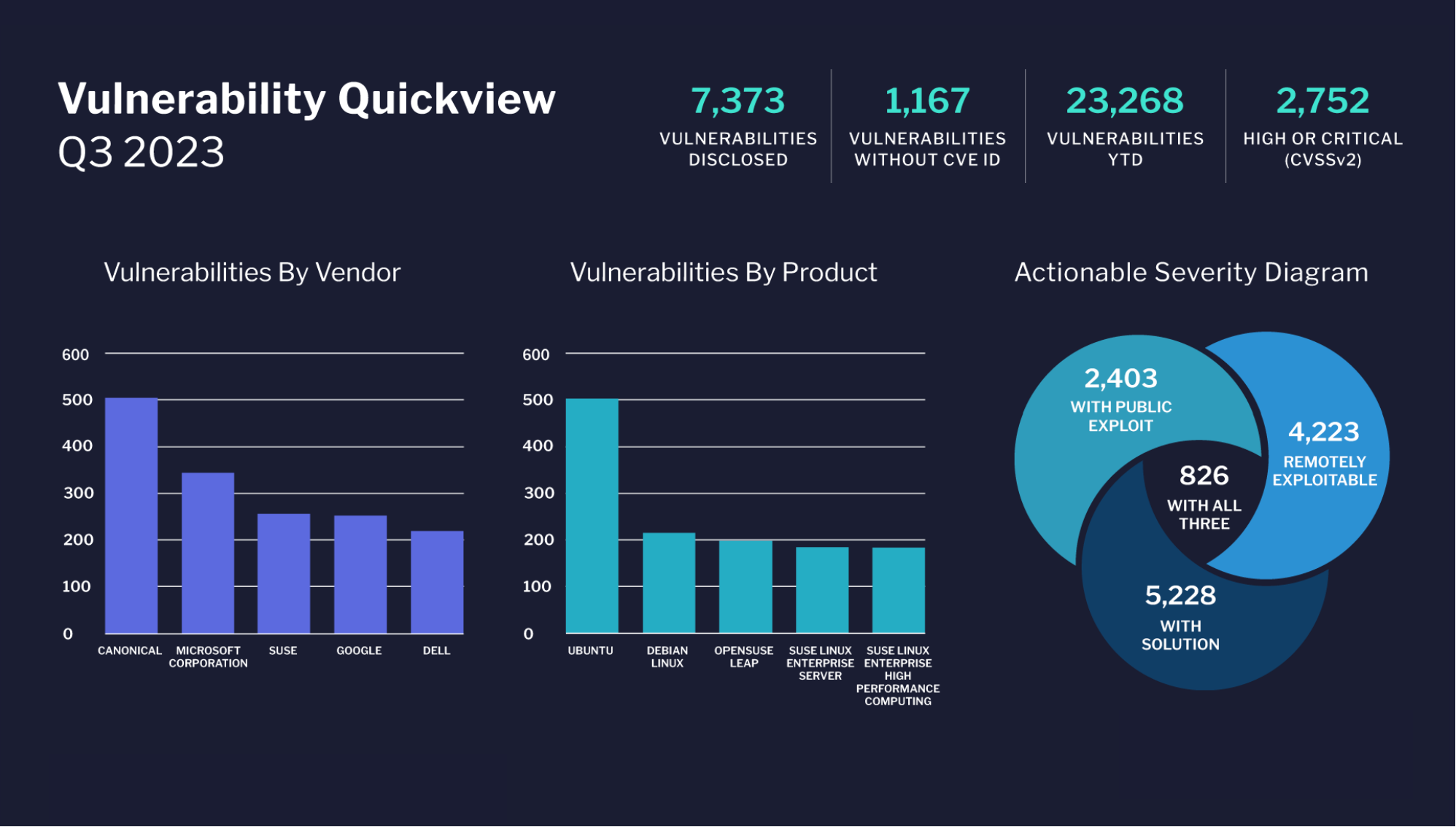Effective Data Migrations
The cloud service industry is experiencing substantial growth. Gartner forecasts that spending on public cloud services will grow to $494.7 billion in 2022, up 20.4% from 2021. In 2023, end-user spending is expected to reach nearly $600 billion.
The influx of growth highlights significant opportunities for migrating data. However, managing migrations presents several challenges for managed service providers (MSPs) and internal IT teams. Migrations are highly visible and complex undertakings that often occur under strict deadlines. And unfortunately, unknown variables commonly surface.
For instance, enterprise projects require successfully transferring data for thousands of users while navigating a complex web of IT systems. While not as extensive, migrations for small and mid-size businesses present their own unique challenges, such as instances where they rely on outdated legacy systems or have limited IT resources. Every system presents its intricacies to manage. Internal IT teams may assume they can handle a migration in-house but still lack the expertise to manage unforeseen hurdles and complete the project within their expected timeline, resulting in ballooning costs.
A migration of any size requires specialized knowledge. When a migration team encounters the unknown during the project, having an expert resource to help troubleshoot and address the problem is critical to success.
Importance of Customer Success

Customer success teams work with the migration team from the beginning to strategize and address problems before they occur. They provide strategic practices to avoid major setbacks that cost time and money and prevent migrations from resulting in devastating missteps.
Customer success teams provide expert help in three primary areas:
- Scope of data: First, the customer success team can help the end-user company scope all the data, files and workloads they have. They will then assess the various data types and where the data needs to move.
- Planning and strategy: Next, customer success teams work to proactively understand all the complexities in migrating the end-user’s IT environment. For instance, the company’s IT environment may be built upon a complex web of various systems. Customer success engineers help identify the potential pitfalls those systems present and strategize navigating them to advance the migration successfully.
- Proof of concept: Finally, customer success teams use a proof of concept and migrate a small subset of the user base to inform how the larger migration will go. The data subset may include mailboxes, shared files and documents, and other data the company plans to move. The proof of concept provides a snapshot of what needs to happen to migrate the larger amount of data successfully.
Unplanned Migration Challenges
Unknown variables occurring during migrations are common and should be expected.
Many factors contribute to losing control of a migration project. Gartner outlines six ways that a cloud migration can go off the rails:
- Wrong Team: A company may have a knowledgeable IT staff that specializes in running IT systems, how to apply certifications, maintaining the firewall and backing up the system. However, this doesn’t mean they’re trained in managing migrations. It’s common for internal IT professionals to be unfamiliar with the migration intricacies of moving various types of data, workloads and systems.
- Wrong Emphasis: Not all migrations should entail a lift-and-shift approach. Instead, they present opportunities to evaluate your data and eliminate non-essentials. Is your company keeping old data like eight-year-old documents you no longer need? Can other data be archived and stored in a backup system? Ranking and prioritizing the data that must move will declutter your new environment and reduce migration and cloud costs.
- Rushed App Assessment: It’s critical to understand every piece of data that must move and where it will live in the new environment. Many challenges will arise without a firm grasp of the amount of data, size of data and types of workloads that will move. A customer success team can assist during the project scoping phase to provide the IT team with a comprehensive view of their data.
- Poor Landing Zone: This is to ensure all your data will safely land in the destination after moving everything over. Will all data correctly map to the end users? Will the data be secure? Can you easily manage the data once it’s moved? Asking these questions in advance will save you headaches later.
- Mistimed Work Effort: The approach to migrations is like painting a house. The hard work is not the actual painting but the prep work. Without proper planning, strategy and scope, a migration will not have a realistic timeline or budget, resulting in blown deadlines and surging costs. Taking steps to plan thoroughly will accurately inform the project timeline and budget. But the work doesn’t stop there.
- Hidden Costs: In many cases, the estimated timeline and budget are drastically lower than they should be. Often, there are one-off line items after the migration, such as residual costs from the cloud provider for cloud add-ons or maintaining two different environments. No one wants to unnecessarily pay for two separate cloud instances when one is winding down.
Customer Success Mitigates Migration Mistakes
It can be easy to overlook the intricacies of a migration project and the resources necessary to deal with these challenges. But unforeseen issues will happen. Even when using cloud migration software, having the tools or technology alone will not safeguard against these hurdles.
To ensure a migration is performed efficiently, get expert help. A customer success team delivers specialized knowledge for a project that’s already complex. The team’s proactive approach helps ensure any project hiccups are navigated efficiently and do not cause significant delays. Customer success engineers will validate your migration plan, identify potential red flags and make sure your strategy is as strong as possible.
For companies on the fence, the real question is: How important is a successful migration to your company? And how impactful is data loss? The impact is equally significant whether you’re a small or mid-sized business or an enterprise. Don’t risk project success by going at it alone. Bringing in customer success experts can save an abundance of time, money and stress.
By Stacey Farrar






